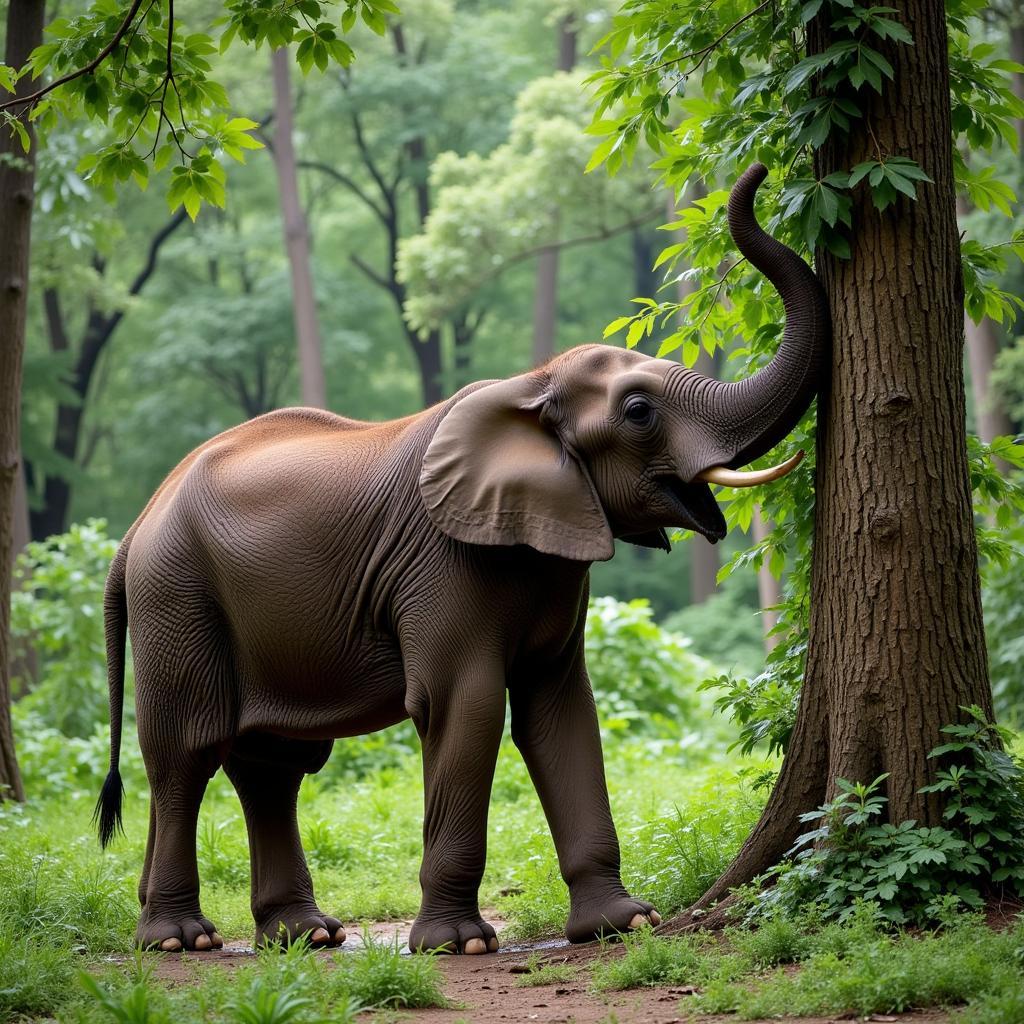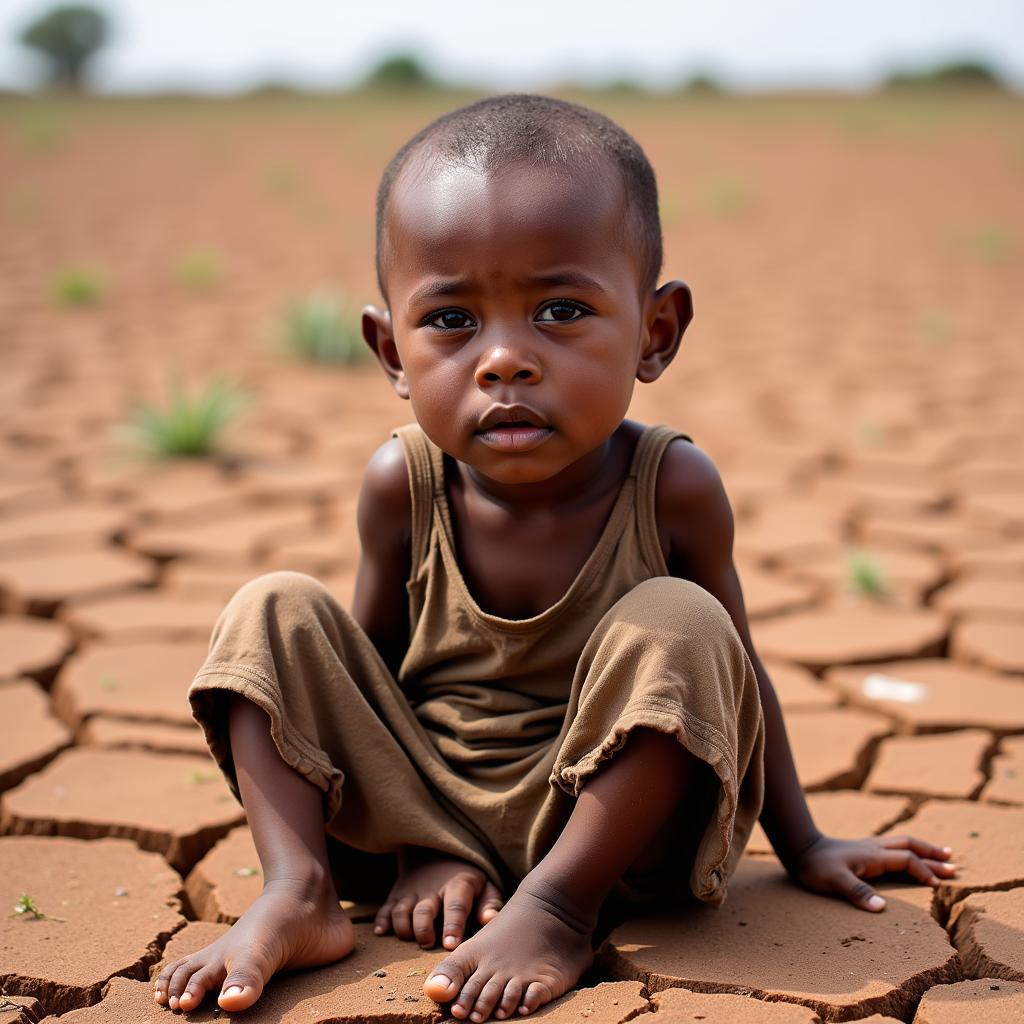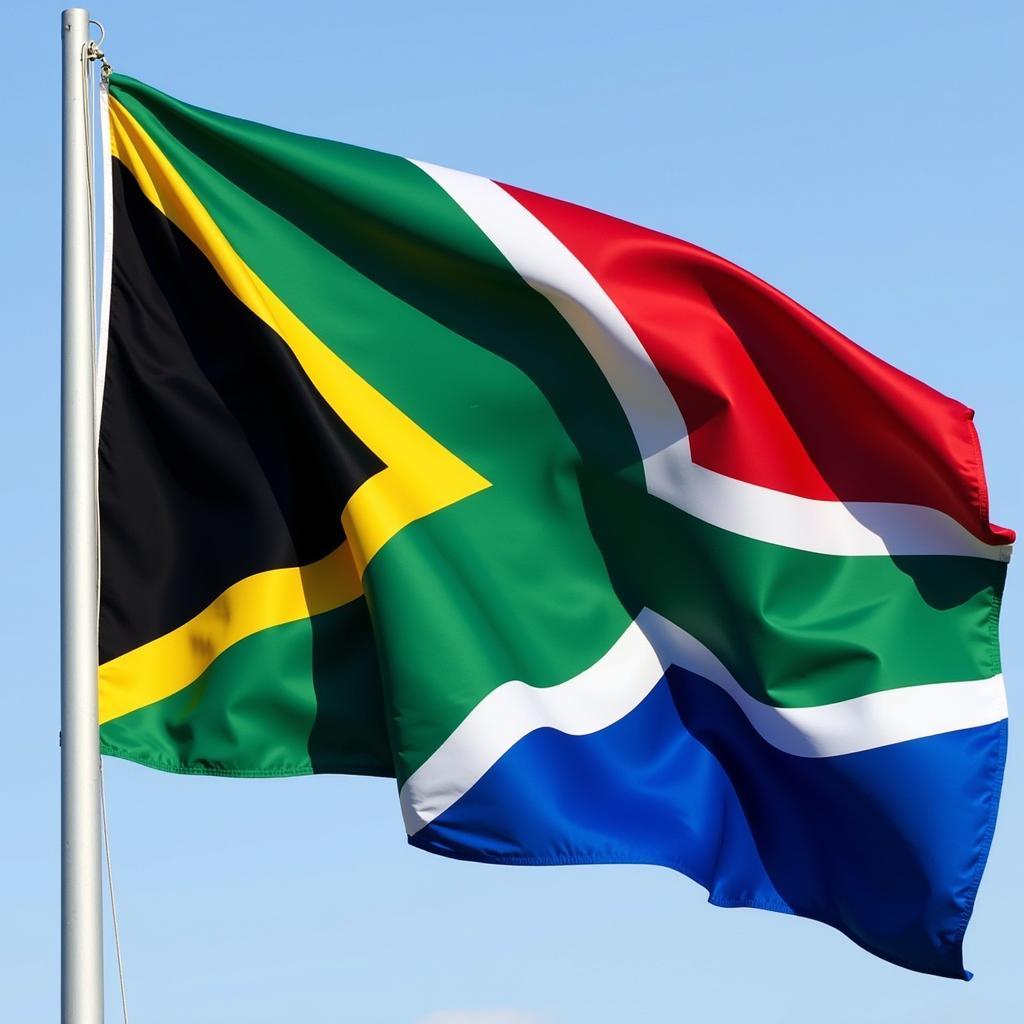African Clothing: A Journey Through Tradition, Style, and Culture
African Clothing is more than just fabric; it’s a vibrant tapestry woven with history, artistry, and cultural significance. From the flowing robes of the Sahara to the intricate beadwork of the Maasai, every thread and pattern tells a story.
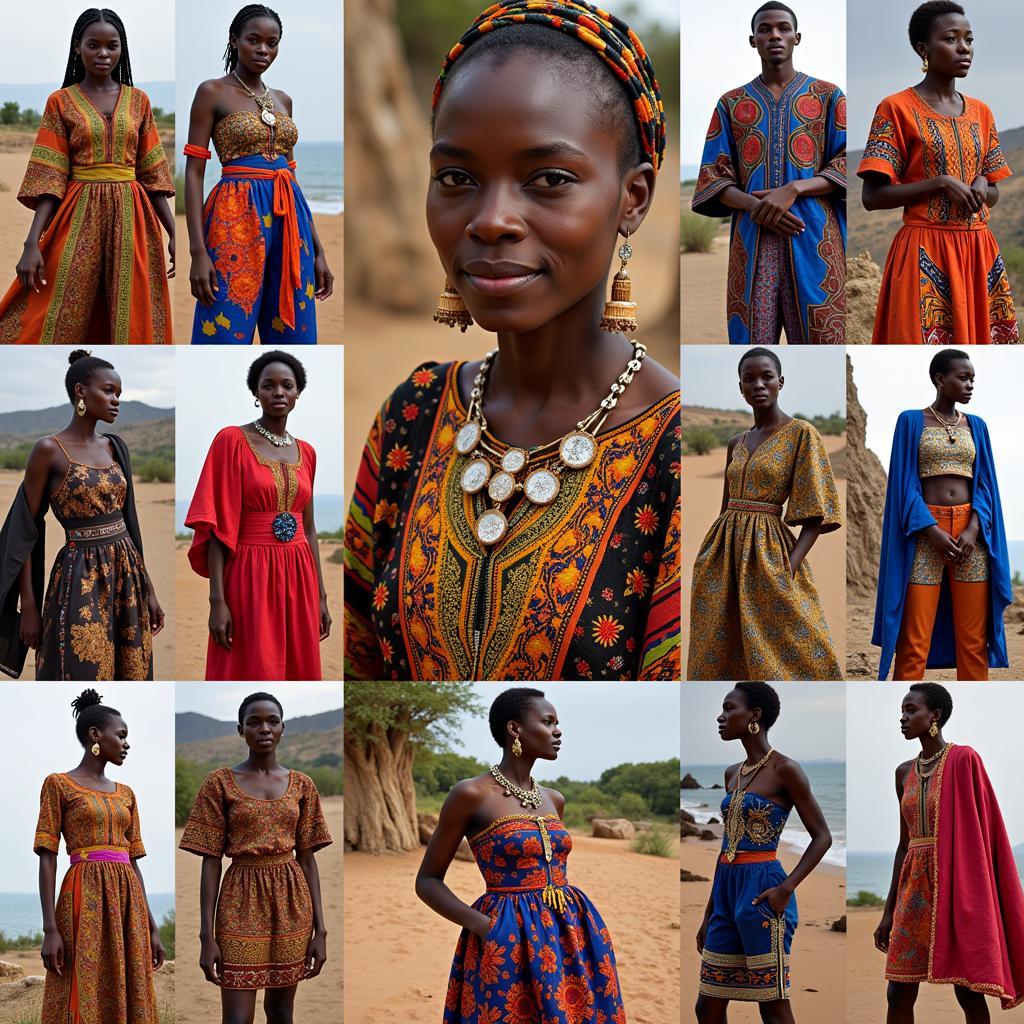 Traditional African Clothing: Exploring the Diversity and Beauty
Traditional African Clothing: Exploring the Diversity and Beauty
The Significance of African Clothing
For centuries, African clothing has served as a powerful form of non-verbal communication, conveying social status, marital status, ethnicity, and even religious beliefs. The colors, fabrics, and designs hold deep meaning, reflecting the diverse environments, traditions, and beliefs across the continent.
Cultural Identity and Heritage
Traditional African clothing is a tangible link to the past, preserving cultural heritage and passing down stories through generations. Each tribe, region, and country has its unique styles, patterns, and techniques, showcasing the rich tapestry of African identity.
Social Status and Ceremonies
In many African cultures, clothing plays a crucial role in marking significant life events and social hierarchies. Elaborate garments and accessories are often worn for ceremonies such as weddings, funerals, and initiations, signifying importance and respect.
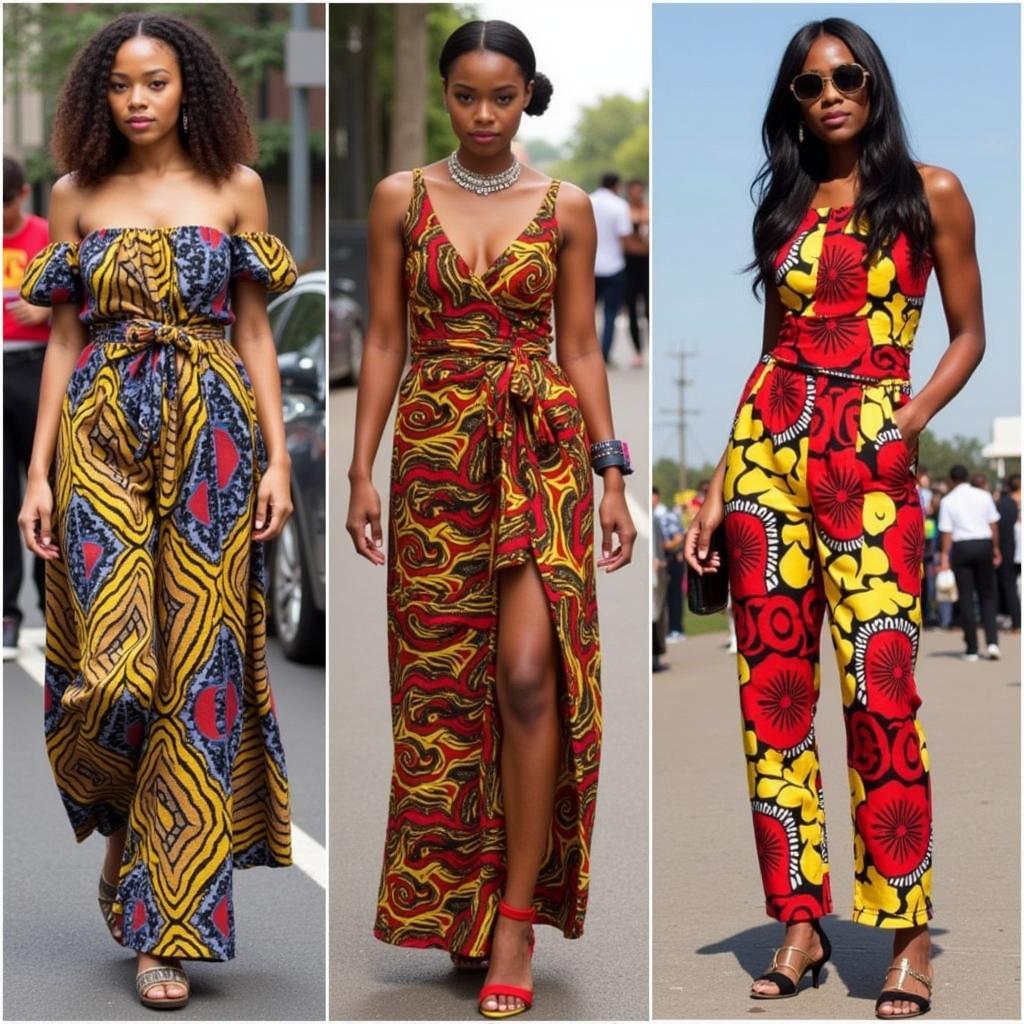 Evolution of African Clothing Styles in 2014: From Tradition to Modernity
Evolution of African Clothing Styles in 2014: From Tradition to Modernity
Exploring Different Styles of African Clothing
From the intricate beadwork of the Maasai to the flowing boubous of West Africa, the diversity of African clothing is astounding. Let’s delve into some prominent styles:
West African Clothing
West Africa is renowned for its vibrant fabrics and bold patterns. The boubou, a long, flowing robe worn by both men and women, is a staple garment. Kente cloth, originating from Ghana, is a handwoven fabric characterized by intricate geometric patterns and vibrant colors, often worn for special occasions.
East African Clothing
East African clothing often features bold colors and flowing silhouettes. The Maasai people are known for their striking red shukas (wraps) and intricate beadwork, reflecting their cultural identity and social status. In Ethiopia, the traditional habesha kemis is a long, flowing dress typically made from cotton and adorned with intricate embroidery.
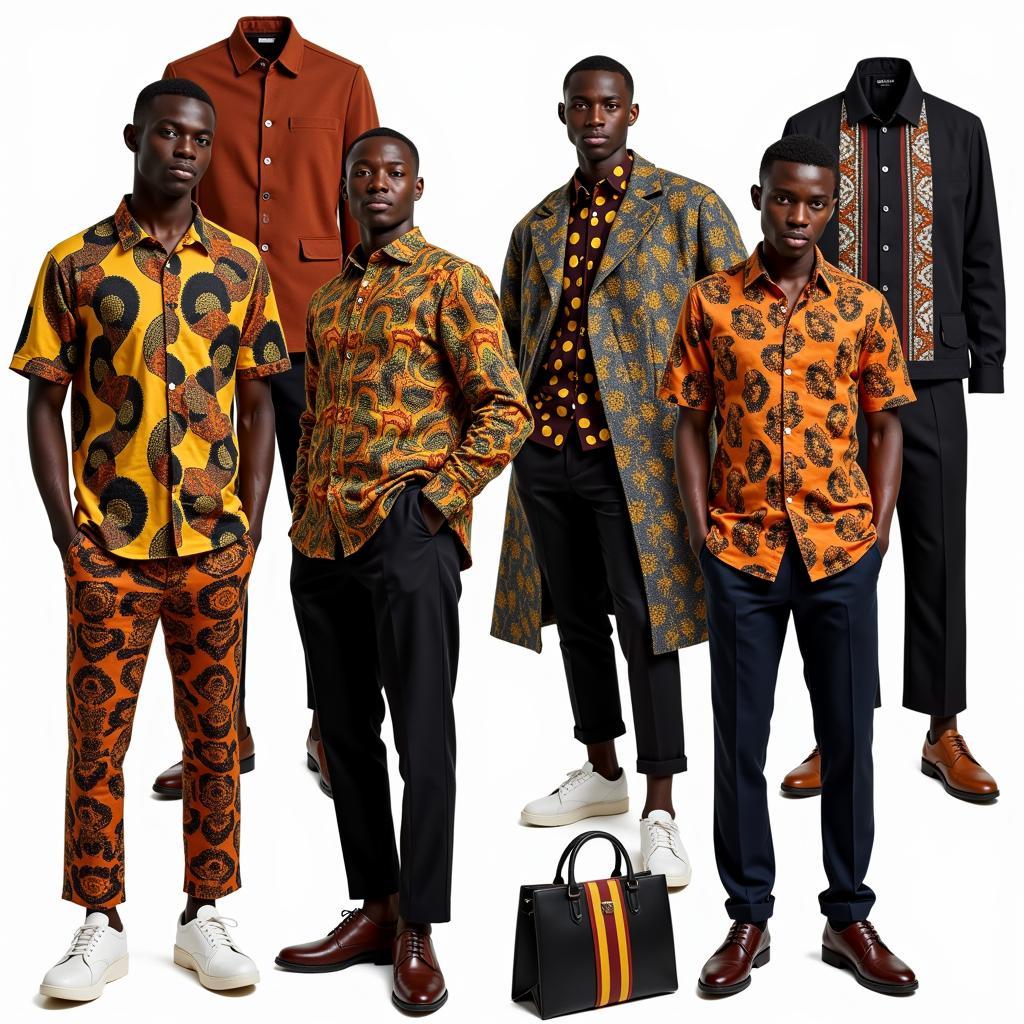 Showcasing the Leading African Clothing Brands for Men
Showcasing the Leading African Clothing Brands for Men
Modern Adaptations and Global Influence
Today, African clothing is experiencing a global renaissance, influencing fashion runways and street style alike. Modern African designers are reinterpreting traditional styles, blending heritage with contemporary aesthetics to create unique and captivating garments.
The Rise of African Fashion Designers
From established names to emerging talents, African fashion designers are making waves on the international scene, showcasing the continent’s rich sartorial heritage and innovative designs. These designers are not only celebrating their cultural heritage but also challenging perceptions and setting new trends in the global fashion industry.
African Prints in Contemporary Fashion
Bold and vibrant African prints have become increasingly popular in contemporary fashion, adding a touch of vibrancy and cultural flair to modern wardrobes. From dresses and skirts to pants and accessories, African prints offer a unique and eye-catching way to express personal style.
Conclusion
African clothing is a vibrant expression of culture, history, and artistry. From traditional garments steeped in meaning to modern interpretations pushing creative boundaries, African clothing continues to captivate and inspire the world. Exploring the diverse styles and stories woven into every thread is a journey into the heart of African culture.
FAQs about African Clothing
1. What is the most popular African clothing?
It’s impossible to single out one “most popular” style, as African clothing is incredibly diverse. However, the boubou in West Africa and the kente cloth from Ghana are widely recognized and celebrated.
2. What is special about African clothing?
African clothing is unique for its vibrant colors, bold patterns, and deep cultural significance. Every garment tells a story, reflecting history, traditions, and beliefs.
3. What are the different types of African clothing?
There are countless styles across the continent! Some prominent categories include West African clothing (like boubous and kente cloth), East African clothing (like Maasai shukas and Ethiopian habesha kemis), and Southern African clothing, each with its distinct aesthetic.
4. Where can I find authentic African clothing?
You can find authentic [African clothing near me] at specialty stores, online retailers, and directly from African designers. Consider supporting ethical brands that work directly with artisans and communities.
5. How can I incorporate African clothing into my wardrobe?
Start by exploring different styles and finding pieces that resonate with you. You can incorporate African prints through accessories, tops, or even a statement dress.
Explore More African Clothing Styles
If you’re eager to delve deeper into the world of African fashion, be sure to check out our other articles:
- Uncover the captivating world of [African clothing styles tumblr] for inspiration and trends.
- Journey back in time with our exploration of [African clothing styles 2014] and see how traditional designs have evolved.
Need Assistance? Contact Us!
For any inquiries or assistance regarding African clothing, feel free to reach out to our dedicated team.
Phone: +255768904061
Email: kaka.mag@gmail.com
Address: Mbarali DC Mawindi, Kangaga, Tanzania.
We offer 24/7 customer support and are always here to assist you.
